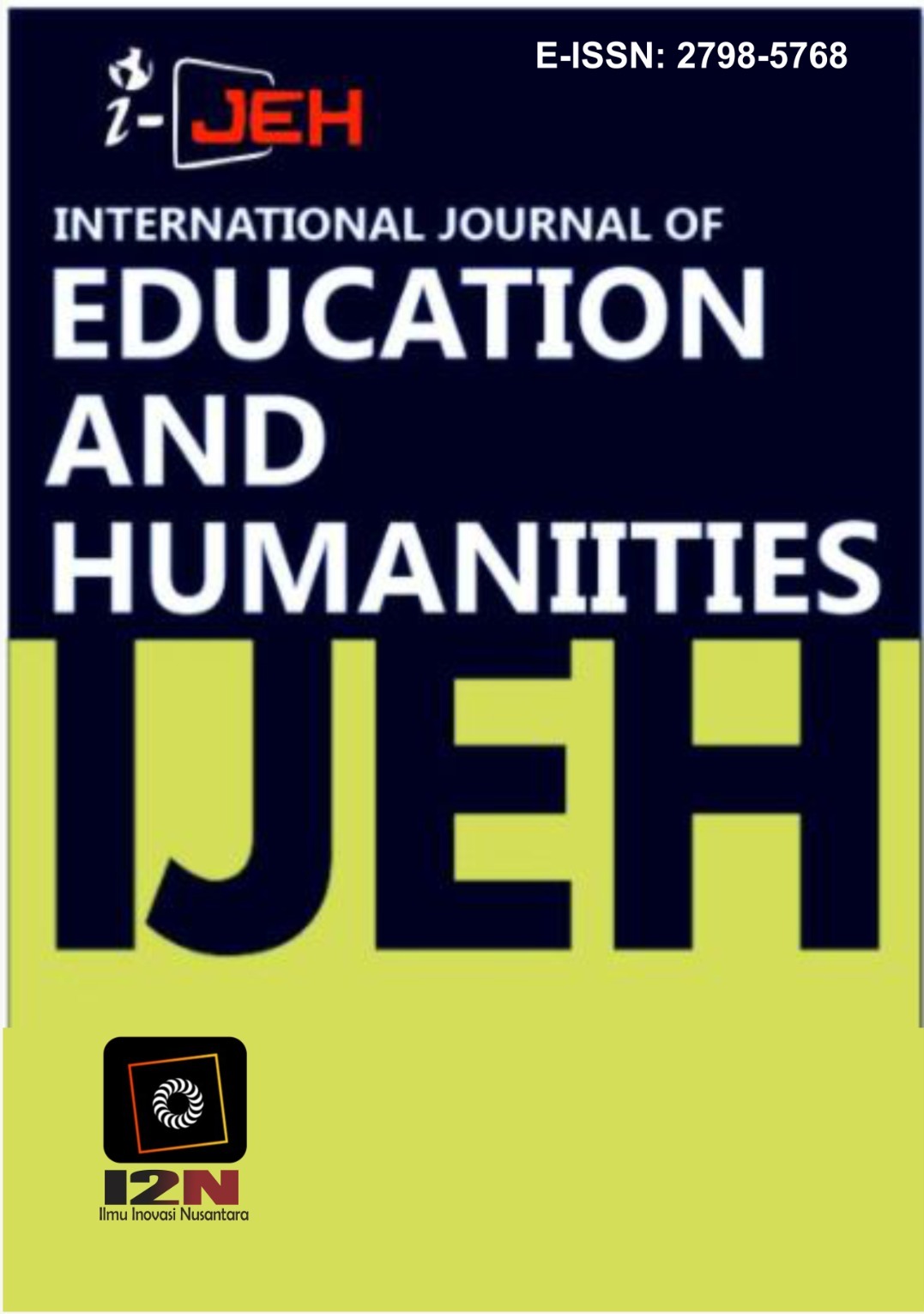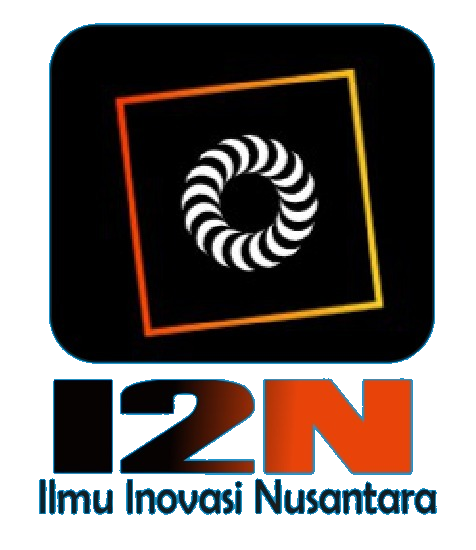The Impact and Practice of Interdisciplinary Approaches on School Physical Education
DOI:
https://doi.org/10.58557/(ijeh).v5i4.353Kata Kunci:
Interdisciplinary teaching, Physical education, Thematic learning, Educational technology, Curriculum integrationAbstrak
With the advancement of the core competency education concept, the transformation of school physical education (PE) has become a crucial issue in China’s education reform. Traditional PE teaching, which often focuses narrowly on skill acquisition and physical performance, faces limitations in cultivating students’ comprehensive competencies. In response, interdisciplinary teaching has emerged as a key strategy to enhance both the depth and breadth of learning experiences in PE. The purpose of this study is to explore the influence and implementation models of interdisciplinary approaches within the framework of China’s Compulsory Education Physical Education and Health Curriculum Standards (2022 Edition). Using a combination of theoretical analysis and practical case studies, this research investigates how thematic integration, technology-enhanced learning, and innovative assessment systems can enrich the PE learning process. The findings reveal that interdisciplinary methods not only strengthen students’ athletic participation and interest but also promote cognitive understanding, emotional engagement, and value-based development. Furthermore, the integration of digital tools and cross-subject collaboration enhances the relevance and adaptability of PE in contemporary education. Several challenges remain, including disciplinary boundaries, insufficient teacher preparedness, and technological implementation difficulties. The study suggests that future development should emphasize building problem-oriented interdisciplinary communities, enhancing professional training for teachers, and improving technological infrastructure. These measures will support the evolution of PE toward a more integrated, intelligent, and student-centered pedagogical model that aligns with the goals of holistic education and sustainable learning development
Referensi
Armour, K. (2011). Sport pedagogy: An introduction for teaching and coaching. Pearson Education.
Baek, Y., & Touati, A. (2021). The impact of artificial intelligence in physical education: A systematic review. Education and Information Technologies, 26(3), 3211–3234.
Bailey, R., Hillman, C., Arent, S., & Petitpas, A. (2009). Physical activity: An underestimated investment in human capital? Journal of Physical Activity and Health, 6(3), 233–251.
Banks, J. A. (2016). Cultural diversity and education: Foundations, curriculum, and teaching (6th ed.). Routledge.
Barsalou, L. W. (2008). Grounded cognition. Annual Review of Psychology, 59, 617–645.
Beane, J. A. (1997). Curriculum integration: Designing the core of democratic education. Teachers College Press.
Braun, V., & Clarke, V. (2006). Using thematic analysis in psychology. Qualitative Research in Psychology, 3(2), 77–101.
Casey, A., & Goodyear, V. A. (2015). Digital technologies and learning in physical education: Pedagogical cases. Routledge.
Casey, A., Goodyear, V., & Armour, K. (2017). Digital technologies and learning in physical education: Pedagogical cases. Routledge.
Casey, A., Goodyear, V., & Armour, K. (2017). Digital technologies and learning in physical education: Pedagogical cases. Routledge.
Chen, W., & Sun, C. (2020). Integrating technology into physical education: Teachers’ perceptions of the implementation process. European Physical Education Review, 26(1), 20–35.
Chen, W., & Sun, C. (2020). Integrating technology into physical education: Teachers’ perceptions of the implementation process. European Physical Education Review, 26(1), 20–35.
Chen, Y., & Li, J. (2023). Interdisciplinary innovation in school physical education: Trends and challenges under the 2022 curriculum standards. Journal of Physical Education and Health Studies, 12(3), 45–58.
Conole, G. (2013). Designing for learning in an open world. Springer.
Creswell, J. W., & Poth, C. N. (2018). Qualitative inquiry and research design: Choosing among five approaches (4th ed.). Sage Publications.
Gallagher, S. (2015). In your face: Embodiment, intersubjectivity, and social cognition. Oxford University Press.
Gay, G. (2018). Culturally responsive teaching: Theory, research, and practice (3rd ed.). Teachers College Press.
Jones, C. F., & Roux, C. J. (2022). Values-based physical education and teacher training in South Africa. African Journal of Teacher Education, 11(1), 112–129. https://doi.org/10.21083/ajote.v11i1.6789
Kirk, D. (2010). Physical education futures. Routledge.
Laurillard, D. (2012). Teaching as a design science: Building pedagogical patterns for learning and technology. Routledge.
Li, J., Zhang, H., Wang, Q., & Chen, Y. (2023). Design and implementation of university PE platform via WeChat Mini-Program. Computer Science and Applications, 10(6), 1342–1350.
Li, W., & Gong, S. (2023). Case review of “Rapid Reinforcement March” in compulsory PE curriculum standards. Kashgar University Journal, 41(2), 88–95.
Li, X., & Zhang, W. (2021). From skill training to competence cultivation: Reforming physical education in Chinese schools. Asian Journal of Education Research, 9(2), 23–37.
Light, R., & Harvey, S. (2015). Positive pedagogy for sport coaching. Sport, Education and Society, 20(4), 570–587.
Liu, H., & Chen, M. (2023). Integrating moral and physical education: A new path for holistic student development. Chinese Education and Society, 56(1), 67–82.
Ming, Y. (2023). AI-powered PE and traditional game innovation: Yangzhou’s creative approaches. Jiangsu Education Daily, p. A5.
Ministry of Education of the People’s Republic of China. (2022). Compulsory Education Physical Education and Health Curriculum Standards (2022 Edition). People’s Education Press.
Peer Review Comments. (2025). In-depth evaluation of interdisciplinary PE design under new curriculum standards: Case study of “Long March Obstacle Run.” Education Science Forum, 33(4), 77–85.
Roux, C. (2020). Values-based physical education and Ubuntuism in South Africa: Teaching through Olympism. Physical Education and Sport Pedagogy, 25(3), 275–289.
Stolz, S. A. (2015). Embodied learning: Theories, pedagogy, and practice. Routledge.
Tang, Y. (2012). Concepts and practices of PE from interdisciplinary perspectives. Journal of Yulin Normal University, 33(5), 138–142.
Vygotsky, L. S. (1978). Mind in society: The development of higher psychological processes. Harvard University Press.
Wang, Q. (2023). Physical education for whole-person development: Theory and practice. Modern Education Review, 15(4), 102–116.
Wilson, M. (2002). Six views of embodied cognition. Psychonomic Bulletin & Review, 9(4), 625–636.
Xu, J., & Huang, Z. (2024). Preliminary application of interactive response systems in PE and health education. Journal of Educational Technology, 15(3), 45–52. https://doi.org/10.1234/jet.2024.0305
Yang, Y. (2023). Design research on interdisciplinary integration in junior high PE [Master’s thesis, Shanxi University].
Zhang, R., & Che, W. (2024). Evidence-based path for establishing first-level PE discipline under “interdisciplinary” category. Sport Science, 44(1), 3–15. https://doi.org/10.13598/j.issn1004-4590.2024.01.001
Zhang, Y., & Liu, L. (2020). Declining youth fitness and its educational implications in China. Physical Education Review, 8(1), 15–29.
Zhao, T. (2022). Cross-disciplinary integration in the context of competency-oriented education. Journal of Curriculum Studies, 54(2), 188–203.
Zhejiang Jinhua Donglai Primary School. (2024). Impact of smart PE environments on teacher–student interaction patterns. PE Teaching Research, 28(1), 55–60.
Zhu, X. (2022). Holistic education and the interdisciplinary turn in physical education. Frontiers of Educational Development, 5(3), 77–90.
Unduhan
Diterbitkan
Cara Mengutip
Terbitan
Bagian
Lisensi
Hak Cipta (c) 2025 Ming Han Feng, Gang Song

Artikel ini berlisensiCreative Commons Attribution-ShareAlike 4.0 International License.














